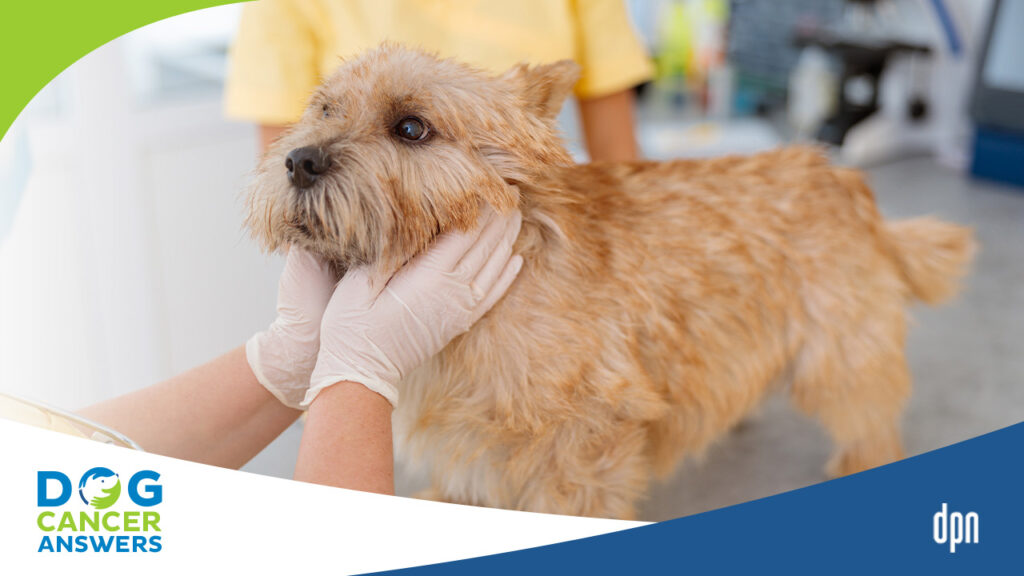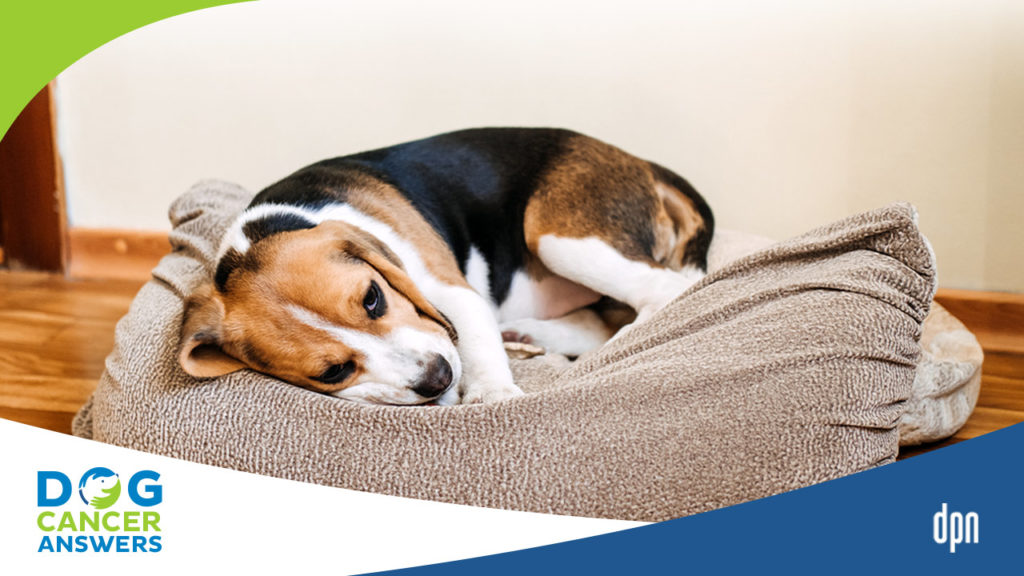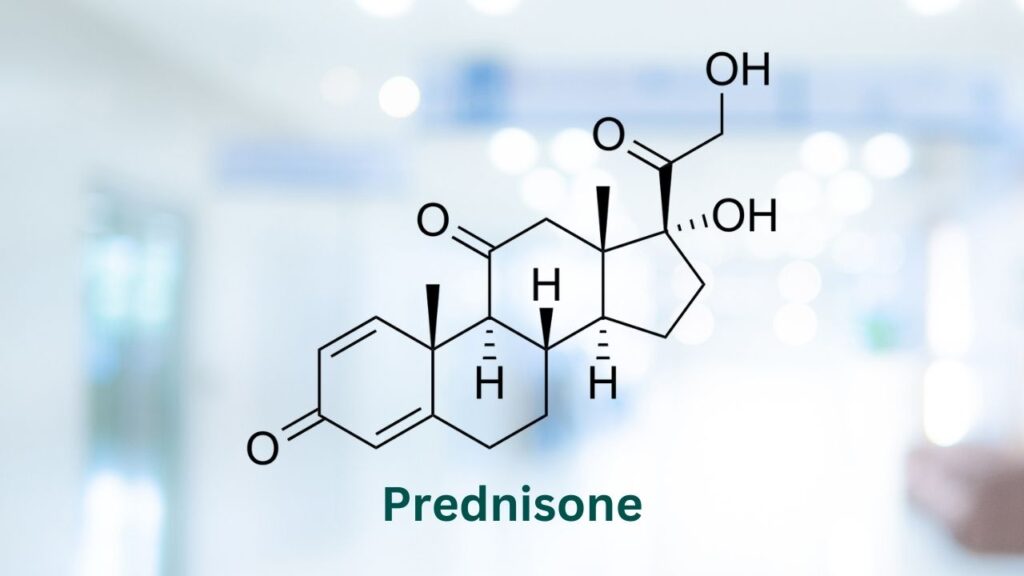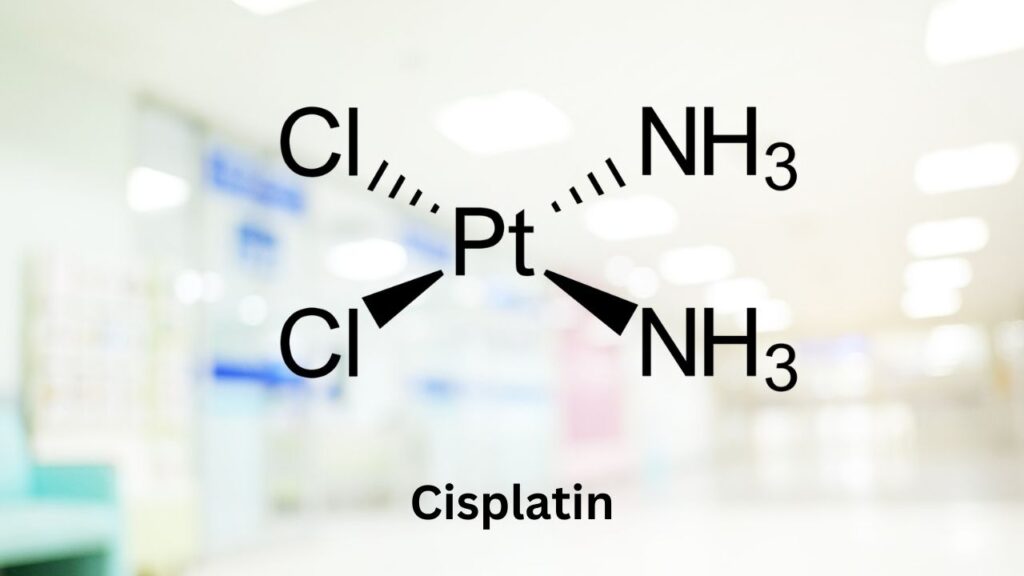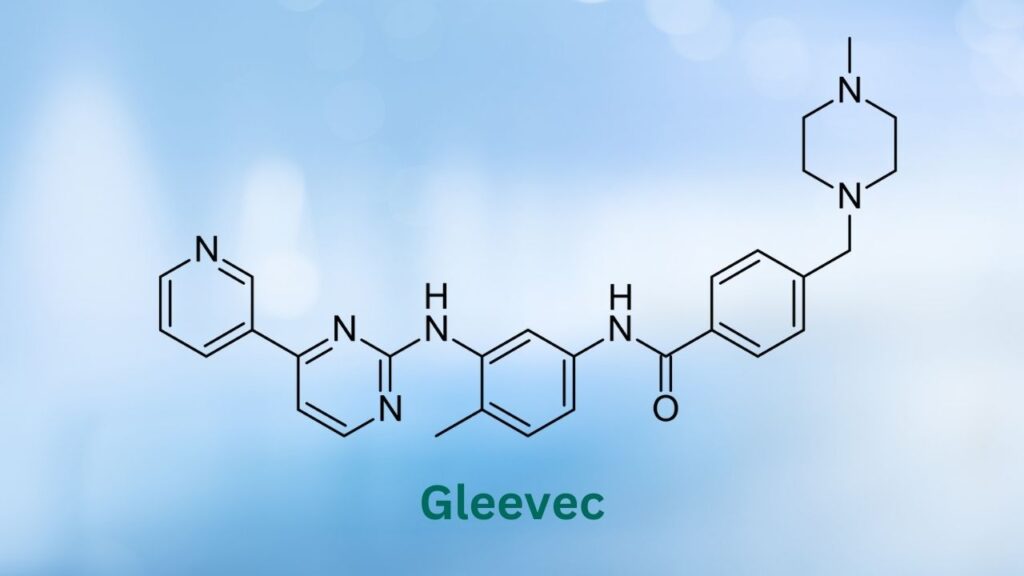Mustargen for dogs is a chemotherapy drug used often in canine lymphoma.
Key Takeaways
- Many drugs are used to treat lymphoma in dogs. Mechlorethamine is considered a “rescue” or second-choice drug.
- The best treatment for lymphoma in dogs at this point in time is the CHOP chemotherapy protocol.
- The side effects of Mustargen in dogs include vomiting, nausea, diarrhea, anemia, and low white blood cell counts.
- A dog is unlikely to survive lymphoma without chemo because this dogs with lymphoma deteriorate quickly.
- Dogs are not usually in pain with lymphoma.
Mustargen (Mechlorethamine) Goes By Several Names
Mechlorethamine, commonly called by the brand name Mustargen for dogs, is also known as chlormethine, mustine, HN2, and embicin. All of these names refer to the same drug, which is a nitrogen mustard chemotherapeutic agent.4
Mustargen is typically given by injection into a vein, but also comes in topical forms. The topical products are currently only used in human medicine.5,6,12
Brand Names
Mustargen® – approved for IV use in the U.S. and Canada 5
Valchlor® – topical product not commonly used in veterinary medicine 5,6,12
Ledaga® – topical product approved in Europe, not commonly used in veterinary medicine 5
How This Agent Works
Mechlorethamine works as an alkylating agent. This means that it binds to the guanine molecule of DNA and crosslinks two strands, which prevents cell duplication (basically, it ties a knot in the cancer cell DNA). By stopping cell duplication, it is able to slow tumor growth.
It is also a blistering agent with a history and regulation as a chemical warfare agent.4
Common Uses of Mustargen Chemotherapy for Dogs
Mustargen is primarily used for the rescue treatment of lymphoma in dogs. A “rescue” protocol is used when the first treatment fails and the dog comes out of remission. Mechlorethamine is included as a component in many different experimental and clinical protocols, and is not usually given by itself.
Dr. Dressler and Dr. Ettinger discuss the detection, diagnosis, and Full Spectrum Care approach to the treatment of lymphoma in dogs in this episode of Dog Cancer Answers.
MOPP Chemotherapy for Dogs
The MOPP chemo protocol consists of mechlorethamine, vincristine, procarbazine, and prednisone. It is usually used as a rescue protocol but has also been studied as a first line treatment.
A 2009 study evaluated the use of MOPP combined with asparaginase as a first line treatment for T-cell lymphoma.3 The overall response rate was 98% (meaning that 98% of the dogs had a complete or partial response). At least half the dogs survived 189 days.
A non-randomized retrospective study within a veterinary college evaluated MOPP versus CHOP, the gold-standard chemotherapy protocol for lymphoma, as a first-line treatment of T-cell lymphoma.1 A non-statistically significant difference in progression free survival (PFS) of 133 days was observed with CHOP treated dogs, while PFS was 97 days in MOPP treated dogs. There were a number of potential variables that were not standardized between the groups, but these results suggest that CHOP is the better option as a first line treatment.
Another study looked at using the MOPP protocol along with lomustine (CCNU) to try to extend the length of remission after treating a dog with L-CHOP (a typical CHOP protocol plus L-asparaginase). All of the dogs in the study received 8 weeks of L-CHOP therapy, then half were switched over to MOPP and lomustine while the other half were switched to half-body radiation therapy and vincristine. Unfortunately, the remission duration and overall survival time were not different from a standard CHOP protocol.11
The same scientific group performed a second study where lomustine and MOPP were added to the L-CHOP protocol starting at 6 weeks into treatment instead of 8 weeks.10 Results were compared with a historical group of dogs treated with an L-CHOP protocol. Median first complete remission duration for the treated dogs was 317 days, while the dogs who had only received L-CHOP had a median complete remission duration of 298 days. This protocol may show increased survival compared to L-CHOP alone, but additional work needs to be done to know for sure.
Forty-one dogs with resistant lymphoma were treated with a modified MOPP protocol (MPP; vincristine was removed) administered on a 21-day cycle.9 The overall response rate to MPP was 34% for a median of 56 days, and 17% percent of the dogs had a complete response (median of 238 days). In general side effects were mild. These findings suggest that the removal of vincristine may have decreased the severity of toxicity. Further work is needed to look at how useful this protocol is.
MOMP Chemotherapy for Dogs
The MOMP chemotherapy protocol consists of mechlorethamine, vincristine, melphalan, and prednisone.
Although often used, the procarbazine in the MOPP protocol can be expensive for owners. A 2013 study used MOMP, which replaces the procarbazine with melphalan, for 88 dogs with relapsing multicentric lymphoma.2 The dogs were treated with the MOMP protocol on a 28-day treatment cycle, which was adjusted based on observed toxicity.
The overall response rate was 51% for a median of 56 days (range 7-858 days). The authors found that the subset of immunophenotyped dogs with T- or B-cell lymphoma had similar overall response rates of 55 – 57%. However, dogs with B-cell had a longer median survival time of 81 days versus 60 days for dogs with T-cell lymphoma. The overall survival time for all dogs was 183 days (range 17-974 days).
In general signs of toxicity were mild. These findings suggest that this protocol may be a valid option if cost is of concern.
Cancer treatment and diagnosis is expensive… but why? And are there things you can do to help your dog on a budget? Oncologist Megan Duffy answers these questions and more on this episode of Dog Cancer Answers.
When to Not Use Mustargen for Dogs
In humans, there are over 200 documented drug interactions with Mustargen; the majority are categorized as major or moderate.7 The list includes several chemotherapy drugs that are also used in dogs, including:
- vinblastine
- melphalan
- lomustine
This doesn’t necessarily mean that your dog can’t take two of these medications at the same time – rather, it means that combining may increase the risk of side effects.
Always be sure to discuss all medications and supplements that your dog is currently taking with your veterinarian before your dog starts treatment with mechlorethamine. If your vet or oncologist is concerned about drug interactions, they may either decrease the dose of one or both medications or switch to a different treatment plan.
Mechlorethamine should not be given to dogs with active infections, and it can also cause or worsen bone marrow suppression.7
How to Give Mustargen
This medication can only be administered by a medical professional. It is given by the intravenous route, directly into your dog’s vein.
What If I Miss a Dose?
Discuss dosing changes with your veterinarian. If you miss an appointment or your dog is experiencing side effects, call your vet to determine the best plan going forward.
Storage and Handling
Mustargen is only handled by trained medical personnel. It comes as a dried powder that needs to be reconstituted for use. Strict handling guidelines are outlined in USP-800.
Mustargen for Dogs Side Effects
This drug may cause tissue damage if the drug leaks from the vein.8 Primary effects noted in canine patients include gastrointestinal effects and blood abnormalities such as:
- Vomiting
- Decreased or no appetite
- Nausea
- Drooling
- Diarrhea
- Decreased red blood cells
- Decreased white blood cells
- Decreased platelet counts
Dr. Sue Ettinger, veterinary medical oncologist, answers your most burning questions about chemotherapy in this episode of Dog Cancer Answers.
- Angelo G, Cronin K, Keys D. Comparison of combination L-asparaginase plus chop or modified MOPP treatment protocols in dogs with multi-centric T-cell or hypercalcemic lymphoma. Journal of Small Animal Practice. 2019;60(7):430-437. doi:10.1111/jsap.12986
- Back AR, Schleis SE, Smrkovski OA, Lee J, Smith AN, Phillips JC. Mechlorethamine, vincristine, Melphalan and prednisone (MOMP) for the treatment of relapsed lymphoma in dogs. Veterinary and Comparative Oncology. 2013;13(4):398-408. doi:10.1111/vco.12055
- Brodsky E, Maudlin G, Lachowicz J, Post G. Asparaginase and MOPP treatment of dogs with lymphoma. Journal of Veterinary Internal Medicine. 2009;23(3):578-584. doi:10.1111/j.1939-1676.2009.0289.x
- Centers for Disease Control and Prevention. (2011, May 12). Nitrogen Mustard HN-2: Blister agent. Centers for Disease Control and Prevention. Retrieved January 3, 2023, from https://www.cdc.gov/niosh/ershdb/emergencyresponsecard_29750011.html
- Mechlorethamine. National Center for Biotechnology Information. PubChem Compound Database. https://pubchem.ncbi.nlm.nih.gov/compound/mechlorethamine#section=Drug-and-Medication-Information. Accessed December 18, 2022.
- Mechlorethamine. Uses, Interactions, Mechanism of Action | DrugBank Online. https://go.drugbank.com/drugs/DB00888. Published December 16, 2022. Accessed December 18, 2022.
- Mustargen Interactions checker. Drugs.com. https://www.drugs.com/drug-interactions/mechlorethamine,mustargen.html. Published December 21, 2022. Accessed December 22, 2022.
- Mustargen side effects: Common, severe, long term. Drugs.com. https://www.drugs.com/sfx/mustargen-side-effects.html. Published September 6, 2022. Accessed December 22, 2022.
- Northrup NC, Gieger TL, Kosarek CE, et al. Mechlorethamine, Procarbazine and prednisone for the treatment of resistant lymphoma in dogs. Veterinary and Comparative Oncology. 2009;7(1):38-45. doi:10.1111/j.1476-5829.2008.00170.x
- Rassnick KM, Bailey DB, Malone EK, et al. Comparison between L-chop and an L-CHOP protocol with interposed treatments of CCNU and MOPP (L-chop-CCNU-MOPP) for lymphoma in dogs. Veterinary and Comparative Oncology. 2010;8(4):243-253. doi:10.1111/j.1476-5829.2010.00224.x
- Rassnick KM, McEntee MC, Erb HN, et al. Comparison of 3 protocols for treatment after induction of remission in dogs with lymphoma. Journal of Veterinary Internal Medicine. 2007;21(6):1364-1373. doi:10.1111/j.1939-1676.2007.tb01960.x
- Valchlor. Helsinn. https://helsinn.com/?s=valchlor. Accessed December 18, 2022.
Mustargen® is a registered trademark owned by Lundbeck, LLC
Valchlor® is a registered trademark owned by Helsinn Birex Pharmaceuticals Limited
Ledaga® is a registered trademark owned by Helsinn Healthcare SA
Topics
Did You Find This Helpful? Share It with Your Pack!
Use the buttons to share what you learned on social media, download a PDF, print this out, or email it to your veterinarian.


